Home>Furniture & Design>Interior Design Trends>What Does A Champagne Glass Look Like
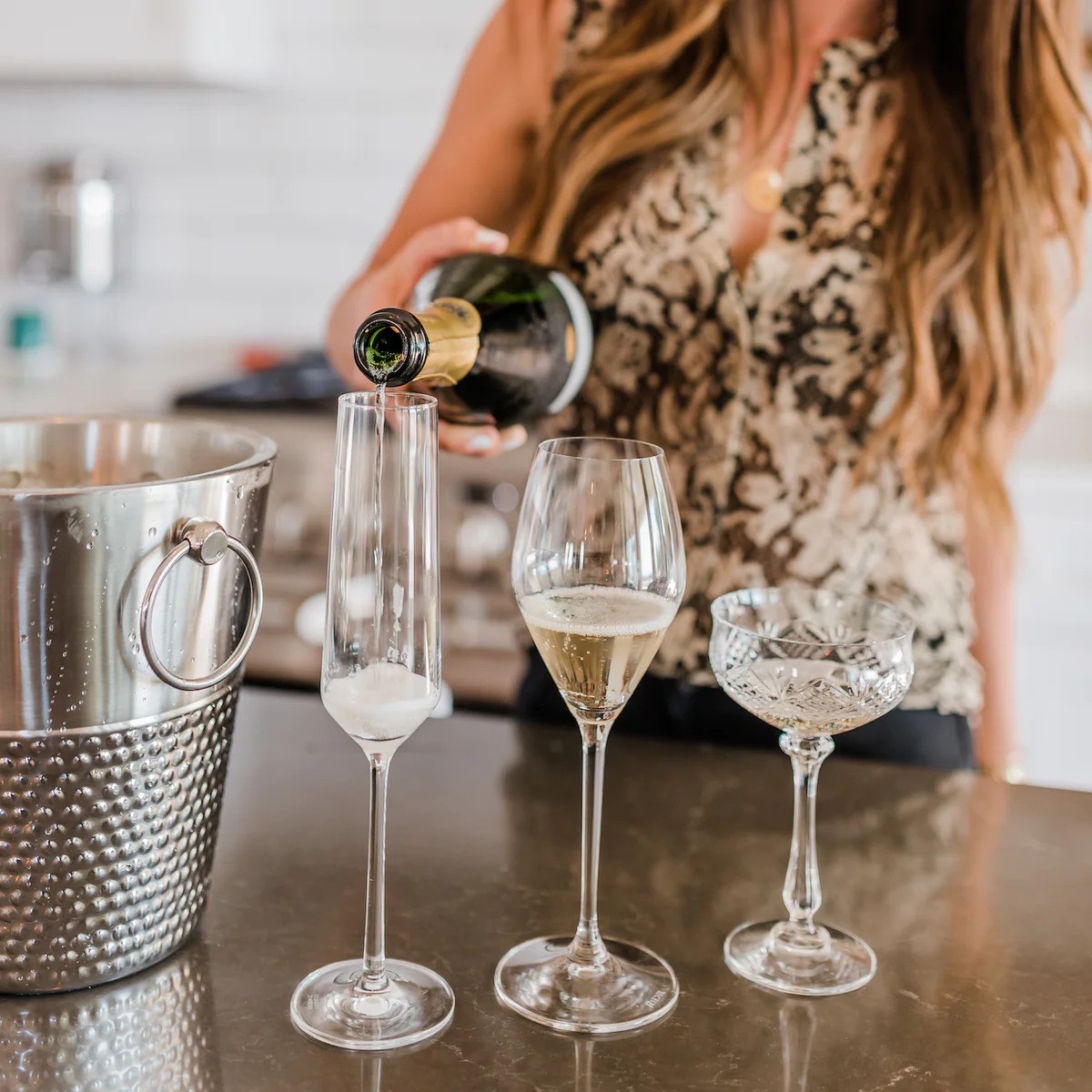

Interior Design Trends
What Does A Champagne Glass Look Like
Modified: February 8, 2024
Discover the latest interior design trends for champagne glasses and elevate your dining experience. Explore unique styles and shapes to enhance your table setting.
(Many of the links in this article redirect to a specific reviewed product. Your purchase of these products through affiliate links helps to generate commission for Storables.com, at no extra cost. Learn more)
Introduction
Champagne, the effervescent symbol of celebration and luxury, has been cherished for centuries. The vessel from which this sparkling elixir is sipped holds a significant role in the overall experience. The design of a champagne glass not only influences the visual appeal but also affects the aroma, taste, and effervescence of the bubbly within. As we delve into the world of champagne glasses, we will explore the traditional and modern designs that have graced the tables of connoisseurs and revelers alike.
The evolution of champagne glassware reflects the ever-changing trends in design, fashion, and functionality. From the classic coupe, famously associated with the Roaring Twenties, to the sleek and slender flute, each style has its own unique charm and purpose. As we navigate through the various shapes and designs, we will uncover the nuances that make each type of champagne glass distinct.
Join us on this captivating journey through the world of champagne glass designs, where elegance meets functionality, and tradition intertwines with innovation. Let's raise our glasses and embark on a delightful exploration of the vessels that elevate the enjoyment of champagne to a sublime experience.
Key Takeaways:
- Champagne glass designs have evolved from the vintage elegance of the coupe to the modern flair of avant-garde vessels, enhancing the sensory experience and celebrating the effervescent charm of champagne.
- Traditional and modern champagne glass designs offer a symphony of celebration, capturing the essence of history and innovation while inviting enthusiasts to indulge in the sensory delights of this beloved libation.
Read more: What Does Sea Glass Look Like
The Traditional Champagne Glass
The traditional champagne glass, also known as the coupe, boasts a storied history that dates back to the 17th century. Its shallow, wide-bowled design is said to have been modeled after the shape of Marie Antoinette's left breast, creating a whimsical yet elegant vessel for sipping champagne. This iconic glass gained popularity during the glamorous and indulgent era of the 1920s, becoming synonymous with sophistication and revelry.
The coupe's wide bowl allows for the effervescence of the champagne to dissipate quickly, resulting in a softer release of bubbles and a more pronounced aroma. However, this design also leads to a faster loss of carbonation, which can impact the overall drinking experience. Despite its historical significance and undeniable charm, the coupe has gradually given way to more modern and functional champagne glass designs.
While the coupe remains a beloved symbol of vintage elegance, its design is not optimized for preserving the effervescence and flavor profile of champagne. As a result, it is often reserved for serving champagne cocktails or as a decorative piece rather than as the preferred vessel for enjoying fine champagne.
The traditional champagne glass, with its rich heritage and timeless allure, continues to evoke a sense of nostalgia and romance. Its association with bygone eras and opulent celebrations ensures that the coupe remains an enduring icon in the world of champagne culture, even as contemporary designs take center stage.
As we transition from the traditional to the modern, we embark on a journey through the evolution of champagne glassware, exploring innovative designs that marry form and function to elevate the enjoyment of this beloved effervescent libation.
The Flute
The flute, a quintessential symbol of elegance and refinement, has emerged as the predominant vessel for serving champagne in contemporary settings. Its slender, elongated shape is designed to showcase the mesmerizing ascent of bubbles, capturing the essence of celebration in every effervescent sip. The flute's elongated design serves a dual purpose, allowing the bubbles to gracefully rise to the surface while preserving the champagne's effervescence for an extended period.
Crafted with a tall, narrow bowl that tapers towards the top, the flute minimizes the surface area exposed to the air, thereby retaining the carbonation and preserving the champagne's crisp, refreshing qualities. This design not only enhances the visual spectacle of the rising bubbles but also ensures that the effervescence is maintained, delivering a delightful sensation with each sip.
The elongated shape of the flute also serves to concentrate the champagne's aromas, allowing the delicate notes to be captured and savored with every nuanced swirl and sip. This design feature enhances the overall sensory experience, heightening the appreciation of the champagne's bouquet and flavor profile.
The flute's elegant silhouette and functional design have made it a favored choice for toasting and revelry across the globe. Its ability to showcase the effervescence and preserve the champagne's flavor profile has solidified its status as the go-to vessel for serving this beloved sparkling libation at formal events, intimate gatherings, and joyous celebrations.
While the flute's modern design has become synonymous with sophistication and style, its origins can be traced back to the early 18th century, when it first gained popularity in France. Over the centuries, the flute has evolved to become a timeless symbol of refinement, embodying the art of savoring champagne in all its effervescent glory.
As we raise our flutes in celebration, we pay homage to the enduring allure of this iconic vessel, which continues to epitomize the essence of champagne's effervescent charm. With each delicate bubble that ascends within its slender confines, the flute invites us to partake in a symphony of celebration, where every sip becomes a moment of pure, effervescent delight.
The Coupe
The coupe, also known as the champagne saucer, embodies a timeless elegance that harks back to an era of opulence and indulgence. Its distinctive shallow, wide-bowled design exudes a sense of vintage charm, evoking images of glamorous soirées and lavish celebrations. The coupe's origin can be traced back to the 17th century, and it gained prominence as the vessel of choice for sipping champagne during the exuberant Roaring Twenties.
The allure of the coupe lies in its association with an era of decadence and sophistication. Its iconic shape, often linked to the legend of being modeled after Marie Antoinette's left breast, adds a whimsical touch to its timeless appeal. The wide bowl of the coupe allows for a generous pour of champagne, creating a visually captivating presentation that exudes luxury and indulgence.
However, the coupe's design, while steeped in history and romance, presents certain drawbacks when it comes to preserving the effervescence and flavor profile of champagne. The wide surface area and shallow bowl lead to a rapid release of bubbles and a faster loss of carbonation, impacting the overall drinking experience. As a result, the coupe is often considered more suitable for serving champagne cocktails or as a decorative piece, rather than as the preferred vessel for enjoying fine champagne.
Despite its limitations, the coupe remains an enduring symbol of vintage elegance and sophistication. Its association with bygone eras and extravagant celebrations ensures that it continues to hold a revered place in the world of champagne culture. Whether adorning the tables of grand galas or adding a touch of old-world charm to modern gatherings, the coupe's timeless allure persists, captivating enthusiasts with its nostalgic charm and historical significance.
In the realm of champagne glass designs, the coupe stands as a testament to the enduring appeal of classic elegance, offering a glimpse into a bygone era while retaining its status as an iconic vessel for serving champagne. Its storied past and timeless allure continue to evoke a sense of nostalgia and romance, making it a cherished symbol of vintage sophistication in the world of champagne appreciation.
A champagne glass typically has a tall, slender bowl with a long stem and a wide base. The shape helps to preserve the bubbles and aroma of the champagne.
The Tulip
The tulip-shaped champagne glass represents a harmonious fusion of form and function, offering a design that caters to the nuanced appreciation of champagne's effervescence and aromatic complexity. This elegant vessel, characterized by its gently flared bowl that tapers towards the top, has garnered acclaim for its ability to enhance the sensory experience of savoring fine champagne.
Crafted to capture and concentrate the champagne's delicate aromas, the tulip glass allows for a heightened olfactory experience, inviting enthusiasts to indulge in the nuanced bouquet of the effervescent libation. The flared bowl of the tulip glass provides ample space for the champagne's aromas to develop and unfold, creating a captivating olfactory journey with each delicate swirl and sip.
The tapered design of the tulip glass serves a dual purpose, not only concentrating the champagne's aromas but also preserving its effervescence. By minimizing the surface area exposed to the air, the tulip glass retains the carbonation, ensuring that the champagne maintains its crisp, lively character from the first sip to the last. This design feature contributes to a prolonged display of bubbles, adding to the visual allure of the champagne as it gracefully ascends within the glass.
In addition to its sensory-enhancing attributes, the tulip glass exudes an air of sophistication and refinement, making it a favored choice for connoisseurs and enthusiasts who seek to elevate their champagne-drinking experience. Its graceful silhouette and functional design have positioned it as a symbol of discerning taste and appreciation for the finer nuances of champagne.
The tulip glass, with its delicate curvature and purposeful design, embodies the art of savoring champagne in all its effervescent splendor. Whether gracing the tables of exclusive events or adorning the homes of aficionados, the tulip glass stands as a testament to the enduring allure of champagne culture, inviting enthusiasts to partake in a sensory journey that celebrates the artistry and elegance of this beloved sparkling libation.
Read more: What Does Tempered Glass Look Like
The Modern Champagne Glass Designs
In the realm of champagne glass designs, the modern era has witnessed a renaissance of creativity and innovation, giving rise to a diverse array of avant-garde vessels that redefine the art of savoring champagne. Embracing contemporary aesthetics and a focus on enhancing the sensory experience, these modern champagne glass designs offer a compelling fusion of form and function, catering to the evolving preferences of connoisseurs and enthusiasts.
One notable trend in modern champagne glass design is the emphasis on enhancing the champagne-drinking experience through specialized shapes and features. Stemless champagne glasses have gained popularity for their sleek and contemporary aesthetic, offering a modern twist on traditional stemware. These innovative vessels provide a stable grip and a stylish presentation, appealing to those seeking a more casual yet sophisticated approach to enjoying champagne.
Furthermore, the introduction of angular and geometrically inspired champagne glasses has brought a fresh perspective to the traditional silhouette. These avant-garde designs, characterized by sharp lines and unconventional shapes, add a contemporary flair to the act of sipping champagne, appealing to modern sensibilities and design preferences.
Another notable development in modern champagne glass design is the integration of technological advancements to enhance the drinking experience. Some innovative glasses feature nucleation sites etched into the interior surface, providing a continuous release of bubbles for a visually captivating and effervescent presentation. This deliberate enhancement of the champagne's effervescence adds an interactive element to the act of savoring the bubbly, engaging the senses in a dynamic and immersive experience.
Moreover, the exploration of sustainable materials and eco-conscious design principles has led to the emergence of champagne glasses crafted from recycled glass or alternative materials. These eco-friendly alternatives not only cater to environmentally conscious consumers but also contribute to the diversification of champagne glassware, offering a contemporary perspective on sustainability and responsible consumption.
In addition to the evolving aesthetics and functionalities, modern champagne glass designs often prioritize versatility and multi-purpose functionality. Some contemporary glasses are designed to accommodate a variety of sparkling wines, including prosecco and sparkling rosé, catering to the diverse preferences of today's champagne enthusiasts.
As the boundaries of traditional design continue to be pushed, modern champagne glass designs reflect a dynamic fusion of artistry, functionality, and contemporary sensibilities. With an emphasis on enhancing the sensory experience, embracing innovative materials and technologies, and reimagining traditional silhouettes, these avant-garde vessels invite enthusiasts to embark on a journey of exploration and appreciation, celebrating the timeless allure of champagne in a modern context.
Conclusion
In the realm of champagne glass designs, the evolution of traditional and modern vessels reflects a captivating journey through history, innovation, and the art of savoring this beloved effervescent libation. From the storied elegance of the coupe to the sleek refinement of the flute and the sensory-enhancing allure of the tulip, each design encapsulates a unique facet of champagne culture, inviting enthusiasts to partake in a symphony of celebration with every delicate sip.
The traditional champagne glass, with its rich heritage and timeless allure, serves as a poignant reminder of bygone eras and opulent celebrations. The coupe, in particular, stands as a testament to vintage elegance, evoking a sense of nostalgia and romance while retaining its status as an iconic vessel for serving champagne. Its association with historical glamour and indulgence ensures that it continues to captivate enthusiasts with its timeless charm.
In contrast, the modern era has ushered in a renaissance of creativity and innovation, giving rise to avant-garde champagne glass designs that redefine the art of savoring champagne. Embracing contemporary aesthetics, technological advancements, and eco-conscious principles, these modern vessels offer a compelling fusion of form and function, catering to the evolving preferences of connoisseurs and enthusiasts.
As we raise our glasses to celebrate life's moments, whether grand or intimate, the vessel from which we sip champagne becomes an integral part of the experience. Each design, steeped in history or born of contemporary ingenuity, adds a layer of depth to the act of savoring champagne, inviting us to indulge in the effervescent charm and sensory delights that this beloved libation has to offer.
In the world of champagne glass designs, tradition and modernity converge to create a tapestry of elegance, innovation, and sensory allure. Whether adorned with the timeless allure of vintage sophistication or the avant-garde flair of contemporary design, each vessel invites enthusiasts to partake in a sensory journey that celebrates the artistry and effervescent charm of champagne. With every delicate bubble that ascends within its confines, the champagne glass becomes a vessel of celebration, inviting us to savor the fleeting moments of joy and indulgence that define the essence of champagne culture.
Frequently Asked Questions about What Does A Champagne Glass Look Like
Was this page helpful?
At Storables.com, we guarantee accurate and reliable information. Our content, validated by Expert Board Contributors, is crafted following stringent Editorial Policies. We're committed to providing you with well-researched, expert-backed insights for all your informational needs.
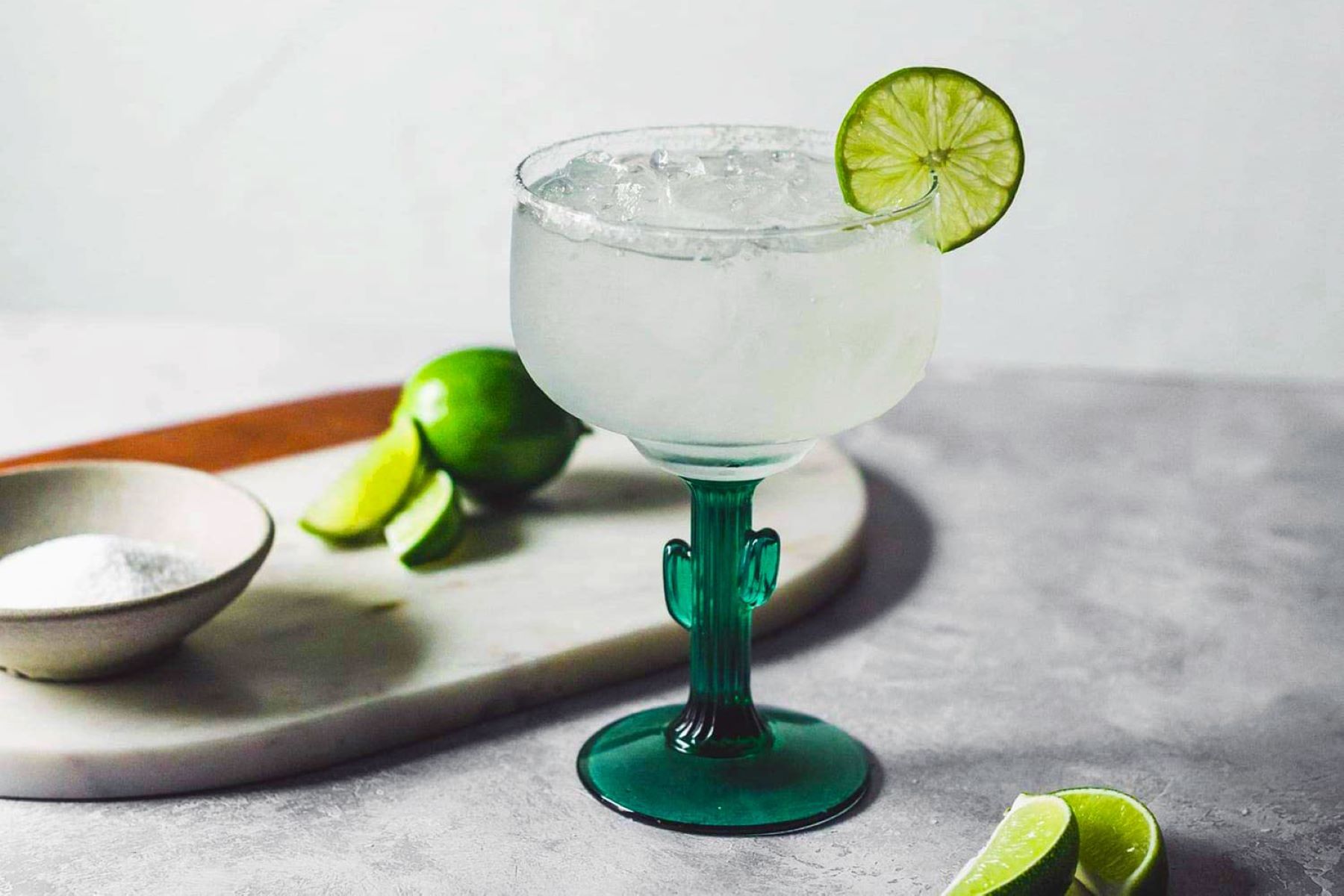
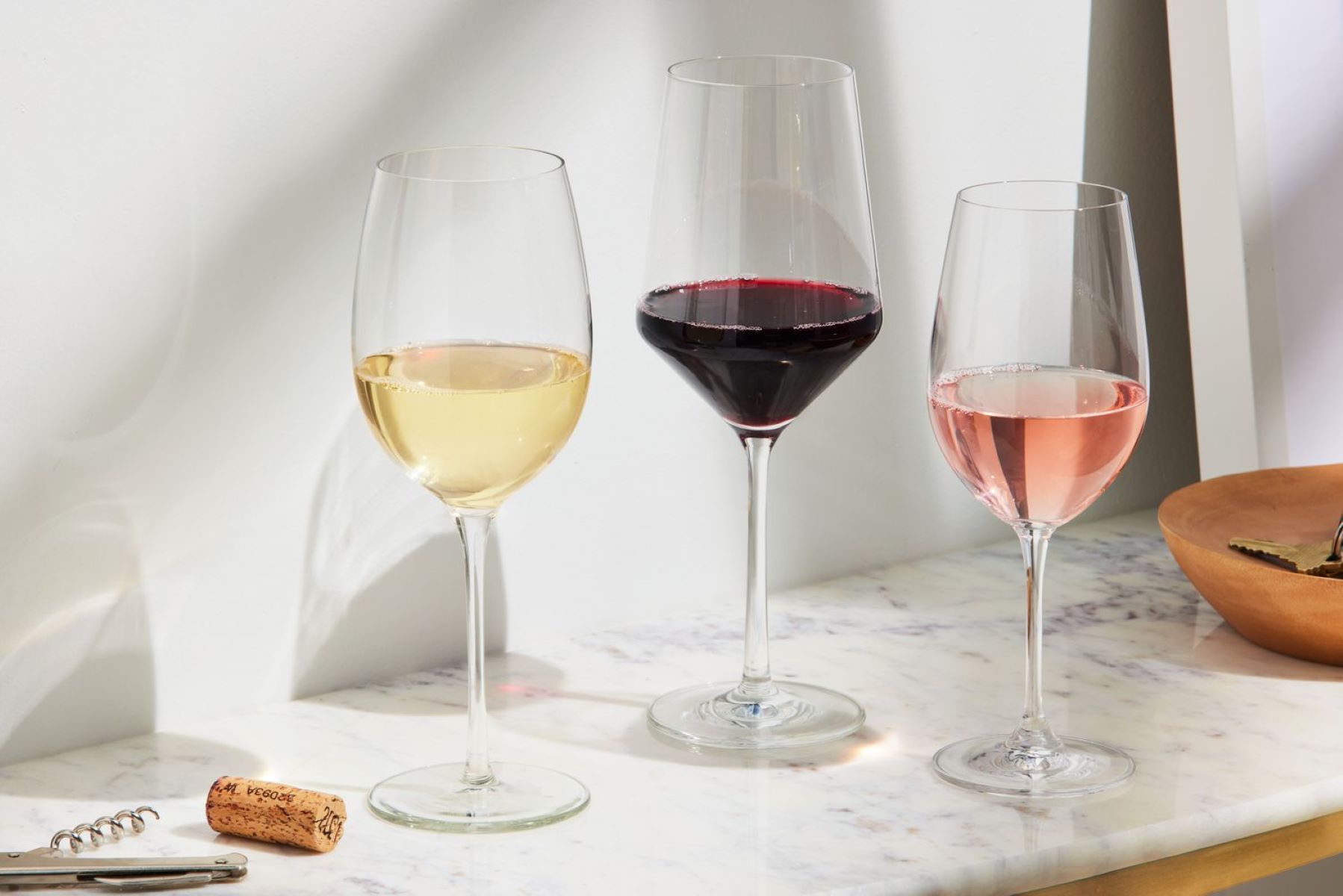
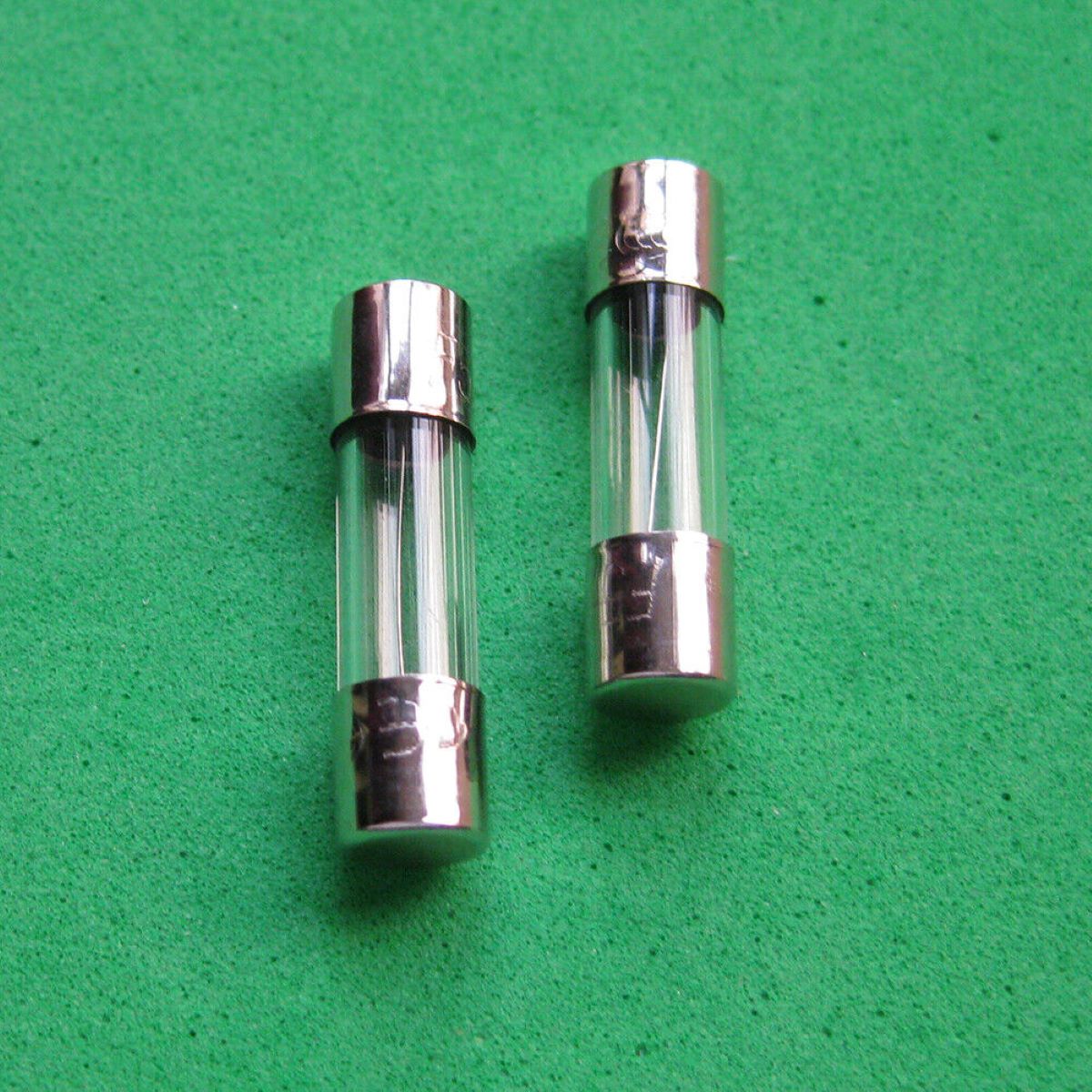

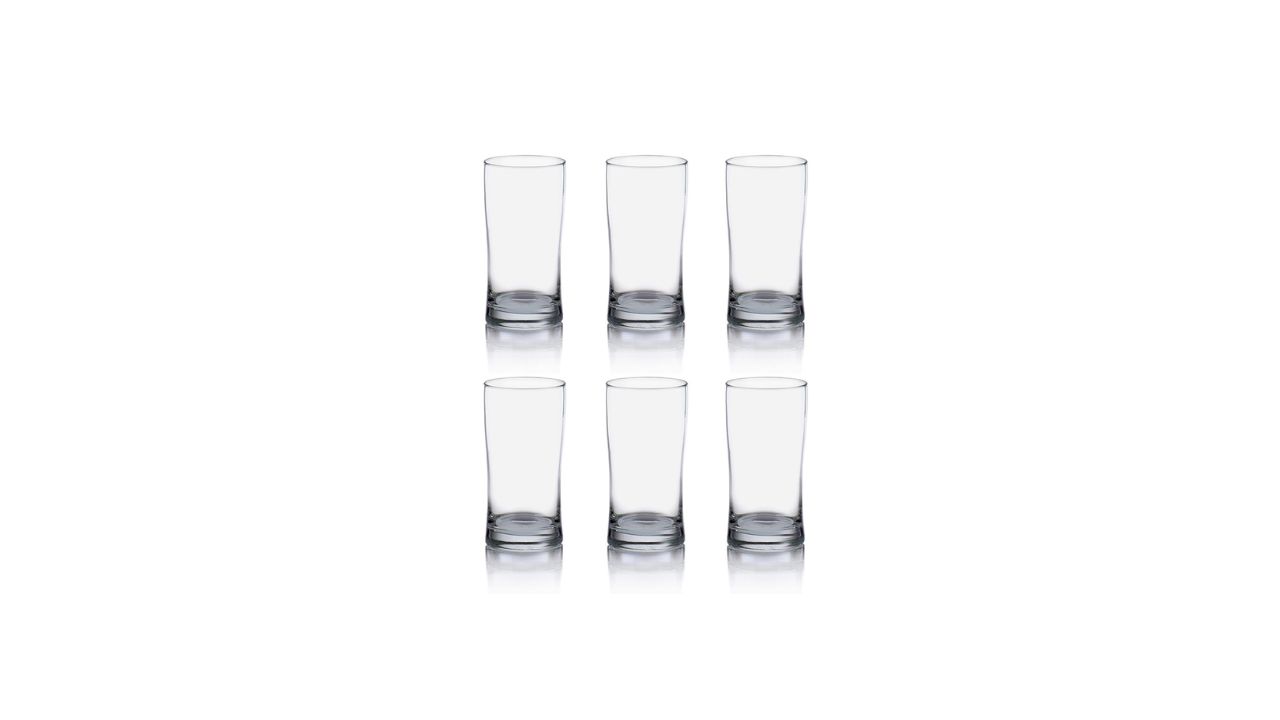
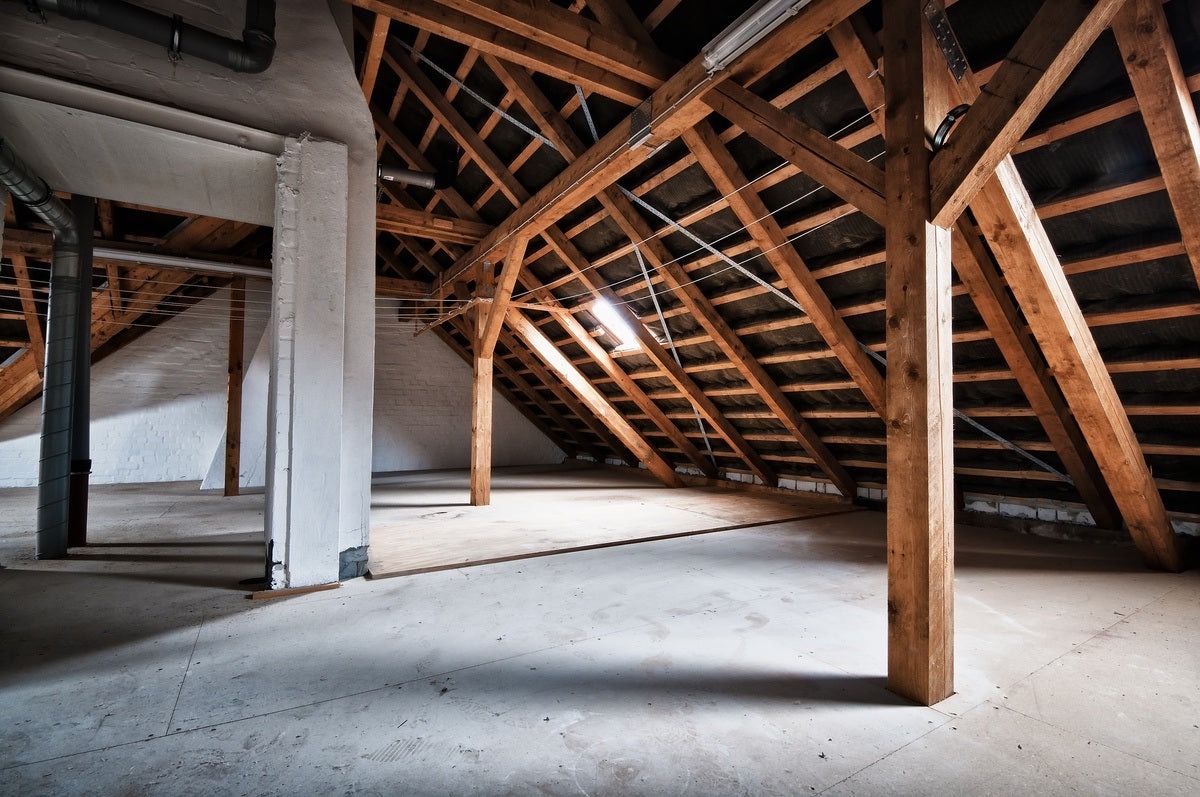
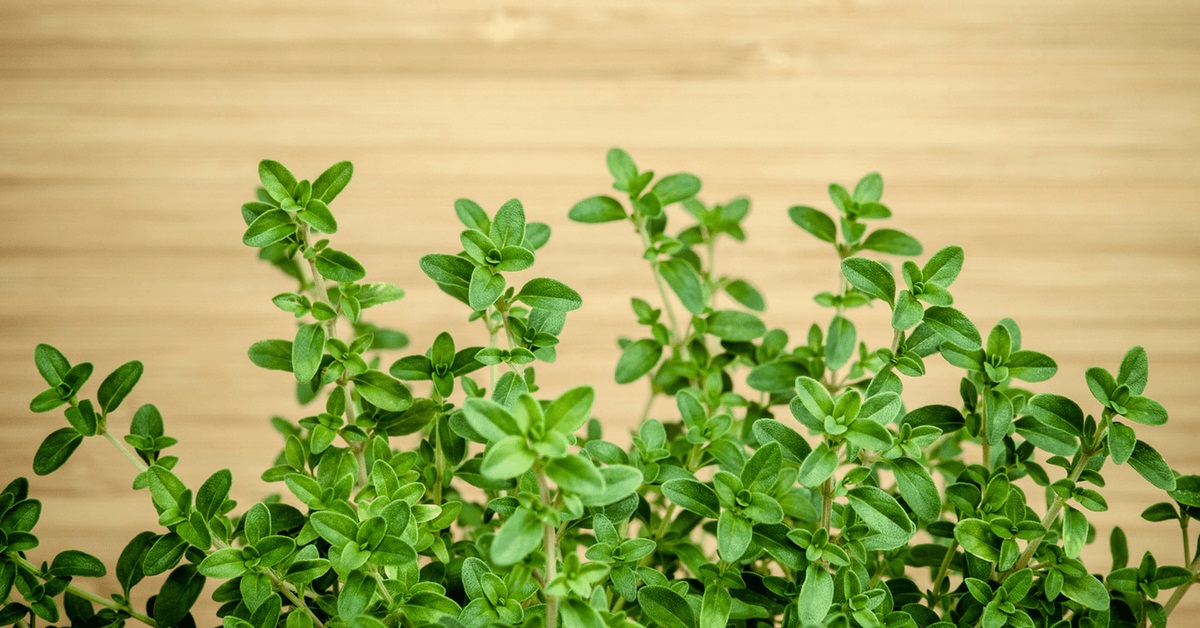
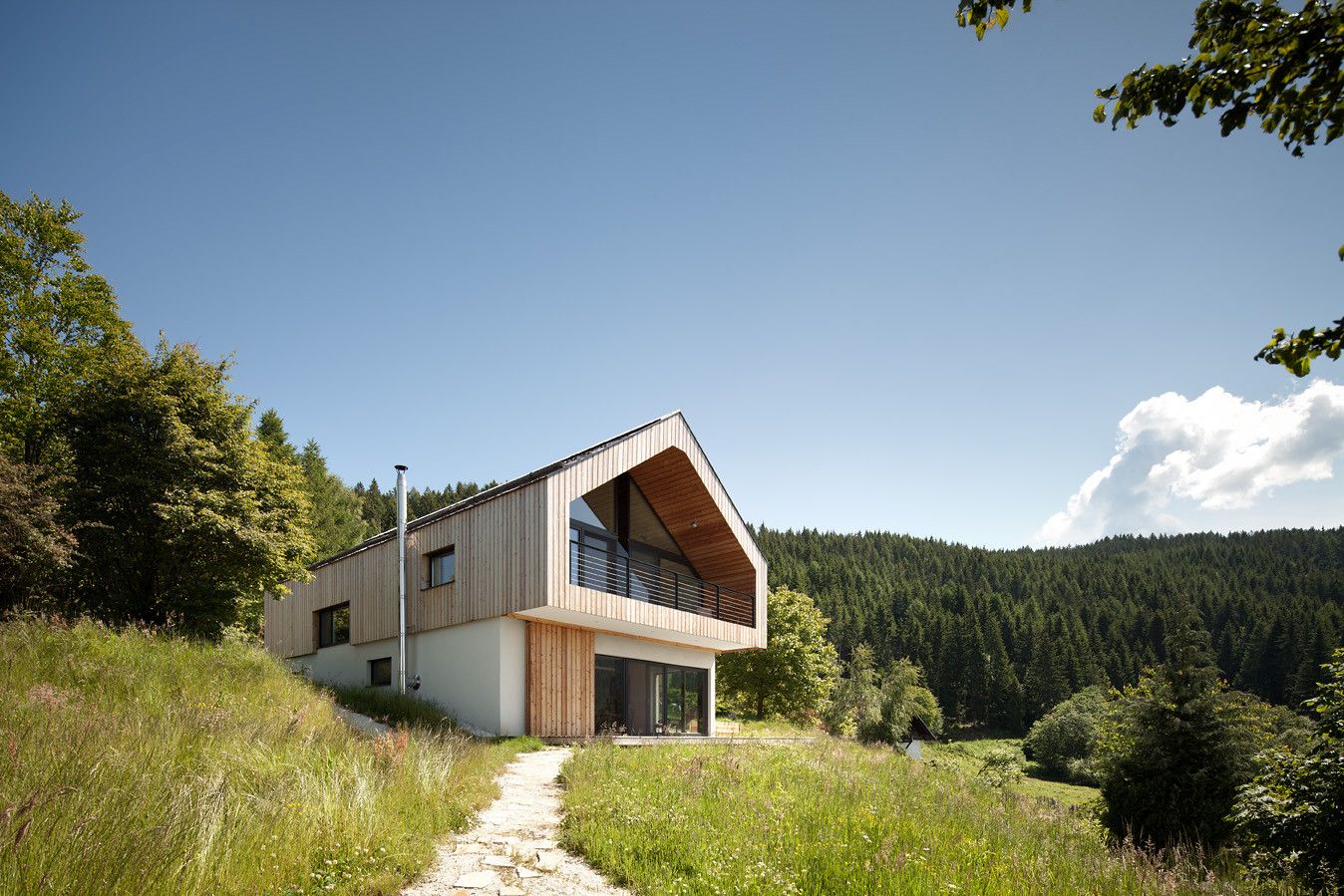

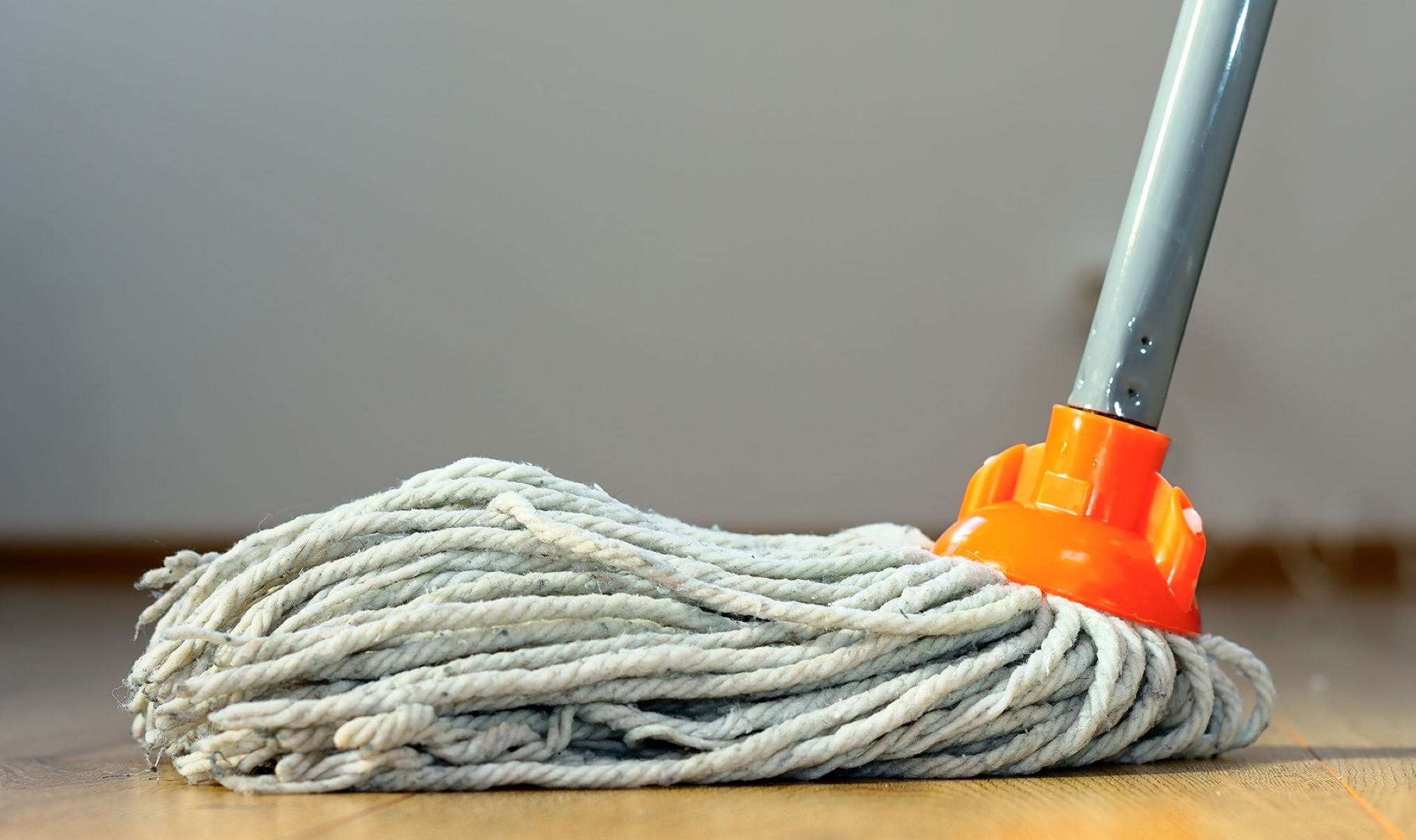
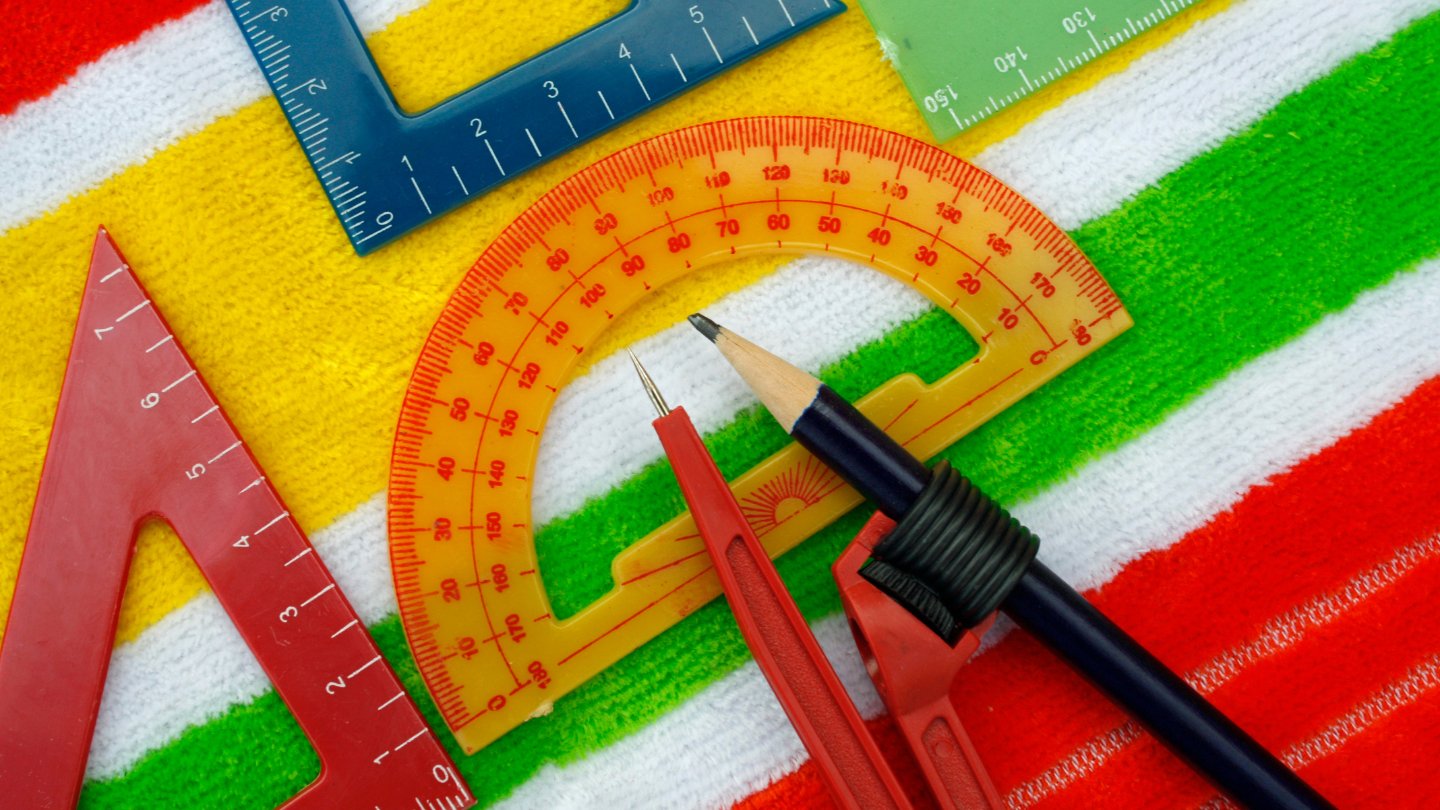

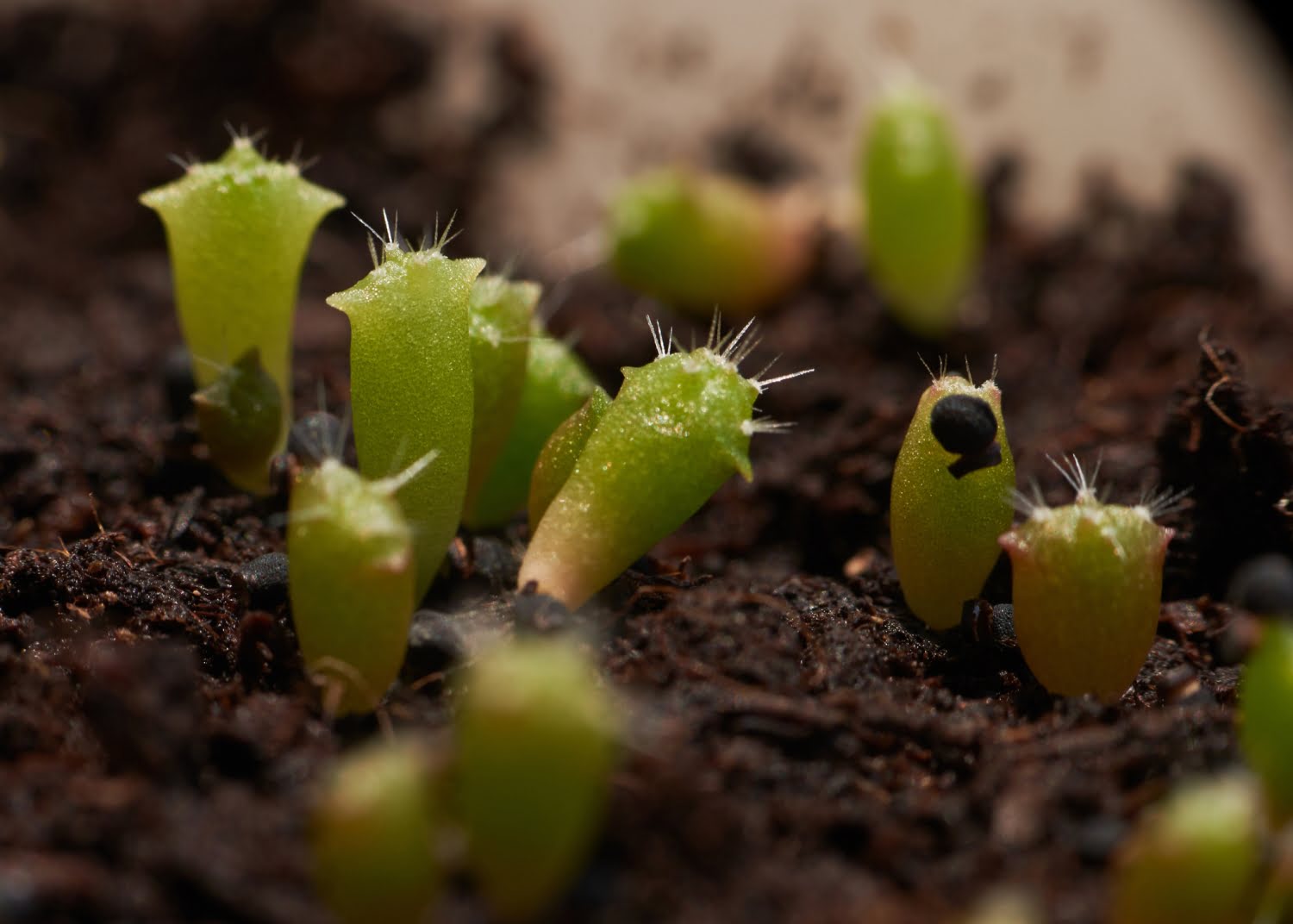


0 thoughts on “What Does A Champagne Glass Look Like”